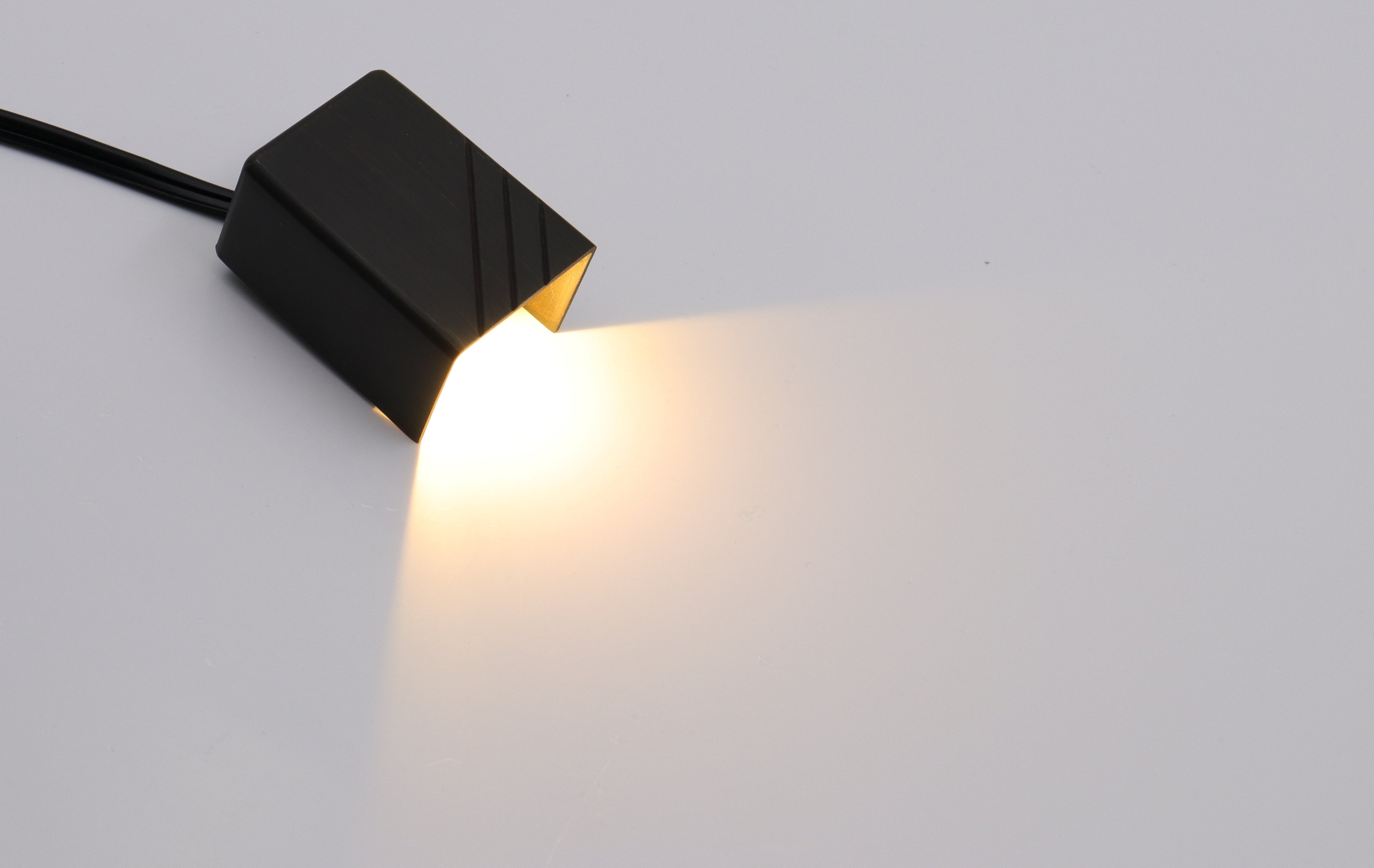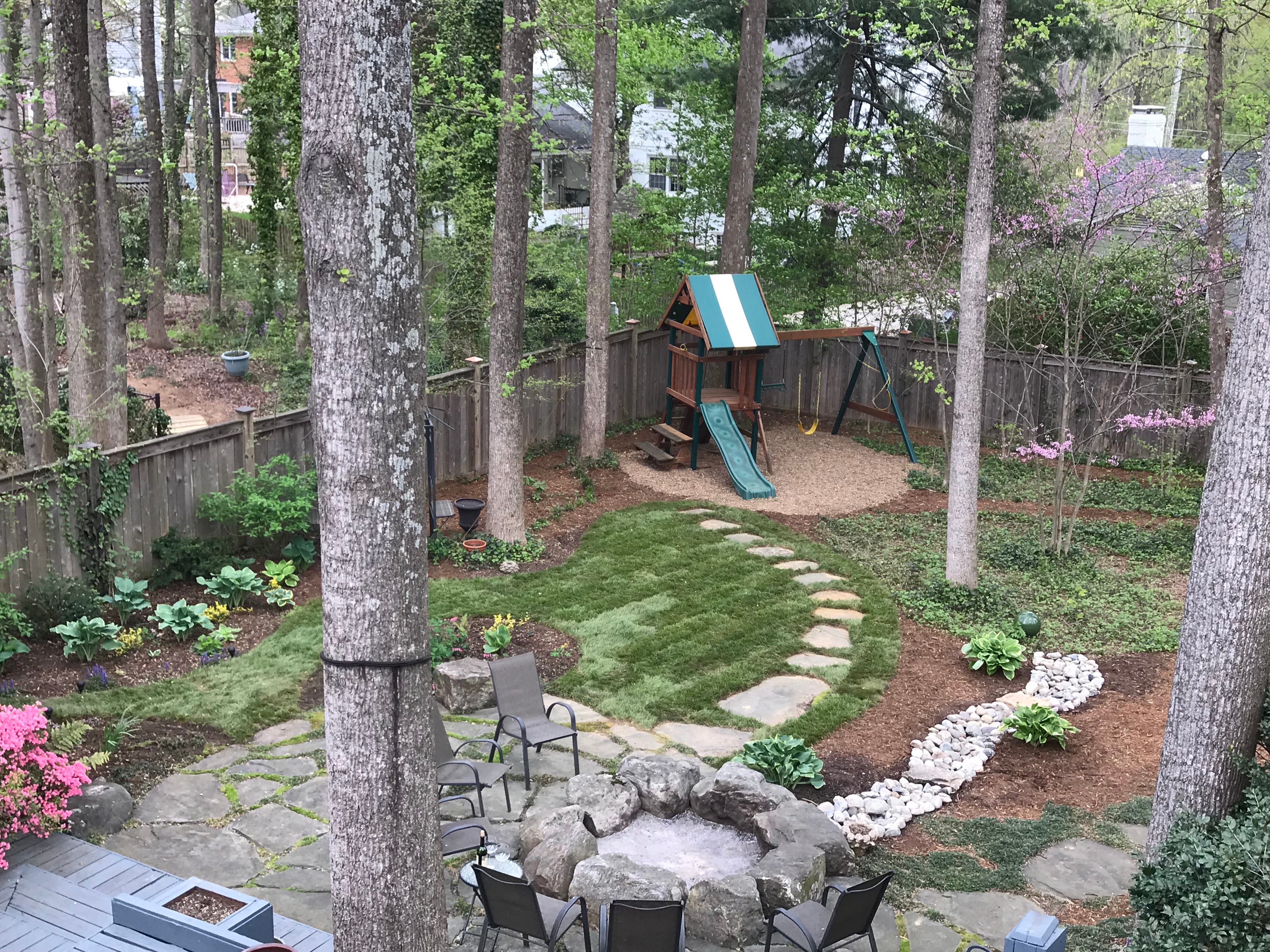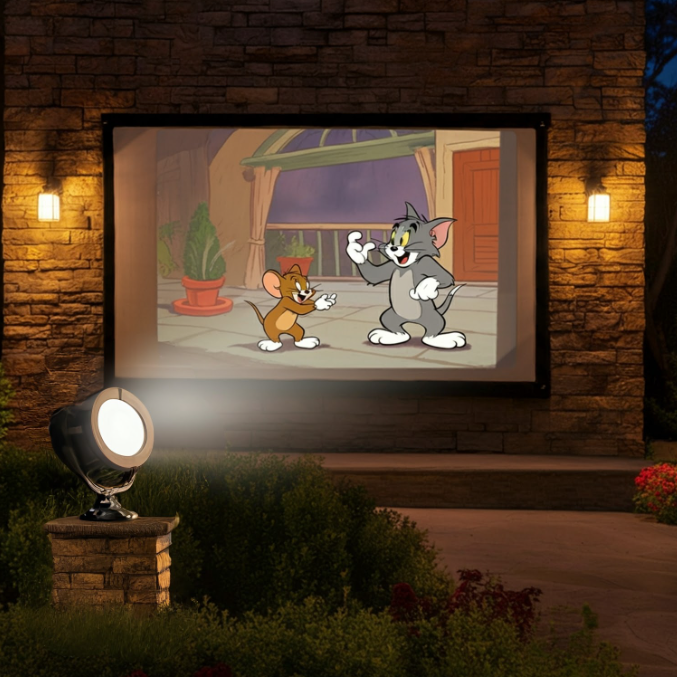Illuminating a pathway is an art that blends color, intensity, and technology to create not just light but atmosphere. This guide delves into the vibrant interplay between hues that set moods and brightness levels that ensure safety while accentuating your outdoor space's features. We'll explore innovative technologies for energy efficiency and customization and offer design strategies for optimal lighting schemes.
What Role Does Color Play in Path Lighting?
Color plays a crucial role in shaping the atmosphere and functionality of outdoor spaces through path lighting. It's not just about making things look pretty; it's about tapping into the vibes that colors naturally evoke.
1. Warmth on the Walkway
Warm colors, like the glow of amber or the soft flicker of yellows, create a welcoming ambiance. They're great for social spots—think places where you want to pull up a chair and chat with friends. These hues make your outdoor gathering areas feel cozy and inviting.
2. Soothing Steps
Then there are the cool colors, the blues, and greens that mimic the tranquility of nature. They're perfect when you need a pathway to lead you to your personal chill zone, like a quiet garden corner where you can relax and forget the world.
3. Seasonal Color Cues
Switching up colors throughout the year can keep your outdoor space in sync with nature's own palette. Fresh greens in spring can echo the new leaves on trees, while playful pastels in summer add a bit of fun under the sun. When autumn rolls around, a warm amber light can match the fallen leaves, and winter? Well, icy blues can make those snowy nights sparkle.
4. Perceptual Pathways
Color also plays with our perception of space. Gentle, warm lights make a path seem narrow and intimate, guiding you safely. Cooler, lighter tones can give the impression of a wider path, expanding small spaces.
5. Accentuating the Ambiance
Finally, playing with different colors isn't just about guiding the way—it's about showcasing your home's best features. It's about creating harmony between man-made elements and the wild beauty of the outdoors. Each choice in color is a brushstroke, turning your yard into a well-lit masterpiece that changes with every step you take.

How Intensity and Drama Affect Pathway Lighting
1. Brightness Basics: Lumens vs. Watts
Light intensity is measured in lumens, telling us how much light a bulb casts. Higher lumens mean brighter light, while wattage indicates energy consumption. Look for high lumens with lower wattage for efficiency.
2. Pathway Lights: Safe & Stylish
Bright lights guide us safely and deter unwelcome guests. Sometimes, a gentle glow suffices, preserving the night's mystique while indicating the path.
3. Spotlighting Art Made Simple
Higher intensity highlights features like statues or fountains, casting dramatic shadows and drawing attention.
4. Soft Lighting
On the flip side, dimming things down a notch can stir up some serious mood magic. Soft lighting invites whispers and secrets, turning every evening stroll into an intimate affair. And let's not forget the power of customization—a light that dims gives you control over your landscape's mood, whether it’s for a chill backyard bash or a serene evening alone.

What Roles Can Pathway Lights Play Along a Walkway?
1. More Than Just a Beacon
Modern path lights aren't your average torches lighting up the night; they're multitaskers, jacks-of-all-trades in the world of landscape design. These clever little beacons are pulling double duty (and then some) as they take on roles for security, helping us navigate our way home and even doubling as decorative pieces that make visitors stop and say, "Wow."
2. Security Sentinels and Illuminated Guides
Security isn't just about alarms and cameras—it's also about the peace of mind that comes with a well-lit yard or garden. Path lights stand guard along walkways, deterring would-be intruders by casting away hiding spots with their soft glow. And when it comes to finding your way, a well-placed path light is like the friendly innkeeper in a fairy tale, guiding you safely along the twists and turns of your outdoor space.
3. Decorative Delights for Day and Night
By day, these lights are sculptures, silent and elegant, adding an extra layer of style to your landscaping. When dusk falls, they transform, becoming luminous ornaments that highlight the beauty of your outdoor haven.
4. Stories of Light from Around the World
Imagine a public park where path lights not only show the way but also tell a story, changing colors to indicate history or seasons. Picture a private backyard where lights hidden among the flower beds turn a simple garden into a mystical space. These are the stories of today's path lighting, where every installation can be a case study in innovation—melding utility with imagination, function with flair.
How Is Technology Shaping Path Lighting Today?
1. LEDs
Gone are the days of simple bulbs—LED technology has revolutionized path lighting, bringing long-lasting, energy-efficient brilliance to our doorsteps. These little wonders use a fraction of the energy traditional bulbs do and last years longer, meaning fewer changes and more shine time. Besides, LEDs open up a spectrum of possibilities, offering a rainbow of colors that can be adjusted with the flick of a switch or the tap of an app.
2. Solar Pathway Lighting
As we stride towards sustainability, solar-powered path lights stand out, soaking up the sun by day to light our way by night. No wires, no fuss—just free-flowing light courtesy of our star overhead. They've become especially popular in areas where wiring is impractical, shining a light on the power of clean energy in outdoor design.
3. Smart Controls for Easy Custom Lighting
Welcome to the era of smart controls, where a smartphone or a voice command can dim the lights for a cozy evening ambiance or brighten them for a lively backyard bash. These systems allow for scheduling, motion detection, and even syncing with other home automation systems, providing unparalleled control over how and when your paths are illuminated.
4. Color Your Paths
With these technologies at our disposal, customizing the color and intensity of pathway lighting isn't just easy—it's expected. Whether it's setting the perfect mood for a garden party or ensuring the walk up to your door is warmly lit, the combination of LEDs, solar power, and smart controls means the power to personalize is literally in your hands.
How to Design the Perfect Pathway Lighting
1. Coordinate Colors
Designing the ideal path lighting setup starts with color—select hues that complement your surroundings by day and enhance them by night. Consider the color of your home's exterior, the tones in your garden, or the natural landscape. A palette that reflects these elements can create a harmonious visual journey from driveway to doorstep.
2. Simplify Your Light Intensity
Next up is intensity, which should be more than just an afterthought. It's about balance—too much light might wash out your space, too little could leave you fumbling in the dark. Test different levels at various times of the evening to find that sweet spot where safety meets subtlety. Remember, the goal is to guide, not blind.
3. Place Lights for Comfort and Safety
When it comes to positioning, think of your lights as actors on a stage—they need their spotlight, but they must also work together. Space them evenly to avoid a runway effect, and aim for a soft wash of light rather than harsh beams. This creates a continuous flow that both illuminates the way and casts an inviting glow across your outdoor space.
4. Ensure Consistent Pathway Lighting
Consistent spacing is key—not only does it create aesthetic continuity, but it also ensures even lighting that can prevent missteps and stumbles. Usually, keeping lights 6 to 8 feet apart strikes the right balance, but this can vary based on the intensity and spread of your chosen fixtures.
5. Choose Nature-Friendly Path Lights
Pairing your lights with the environment isn't just about matching styles—it's also about placement. Nestle lights near interesting plants to throw dramatic shadows or use lower-intensity lights along naturalistic paths to maintain an organic feel. The idea is to make the lighting look like a native feature of the landscape, not an afterthought.
6. Complement Your Home with the Right Lights
Don't forget to consider the architecture of your home or building. Use lighting to highlight architectural features or paths that weave through outdoor living spaces. The design should feel like a natural extension of the structure, creating a seamless transition between man-made and nature.
For more tips on perfect pathway lighting, explore our Path Light Spacing Guide to balance safety, aesthetics, and efficiency.

How to Choose Eco-Friendly Path Lighting Options
Embracing LEDs for Efficiency
In the realm of eco-friendly path lighting, LEDs are nothing short of a revolution. They sip rather than gulp electricity, translating into fewer kilowatt-hours consumed over their impressively long lifespans. This efficiency not only cuts down on energy bills but also reduces the demand forpower plants, which can decrease the overall carbon footprint associated with illuminating your outdoor spaces.
The Solar Path: Harnessing Natural Energy
Step outside on a sunny day, and the path to sustainability almost seems to light itself—solar-powered path lights capture the sun's bounty, storing it to light up the night without drawing a single watt from the grid. By choosing solar, you're leveraging the cleanest energy around, cutting back on fossil fuel consumption,and enjoying an off-the-grid solution that’s as kind to the planet as it is to your wallet.
Smart Lighting: Timers and Sensors for Conservation
Timers and sensors are like the sage advisors of the path lighting world, ensuring lights shine only when needed. With these tools, wastage becomes a thing of the past. Timers can ensure lights aren't left on to burn through the night, while sensors can react to movement or the fading light at dusk, keeping light pollution at bay and conserving energy one smart detection at a time.
How Do You Maintain and Troubleshoot Path Lights?
Regular Upkeep for Lasting Shine
Clean lenses, trim foliage, and inspect for damage. Use wires correctly for longevity.
Troubleshooting 101: Common Path Lighting Hiccups
- Color Inconsistencies: Check LEDs and clean lenses. For solar, ensure panels are dirt-free.
- Dimming Dilemmas: Ensure proper sunlight for solar, check connections, and replace old bulbs.
- Flickering Fixtures: Inspect power supply, connections, or battery health.
- Sensor Sensitivities: Recalibrate motion sensors if needed.
- Weather Woes: Realign and replace damaged fixtures after extreme weather.
- Professional Help: Call an expert for complex issues.
Path lights brighten walkways, enhance security, and save energy using LEDs and solar power. Regular maintenance and troubleshooting keep your landscape shining beautifully.






Leave a comment
All comments are moderated before being published.
This site is protected by hCaptcha and the hCaptcha Privacy Policy and Terms of Service apply.